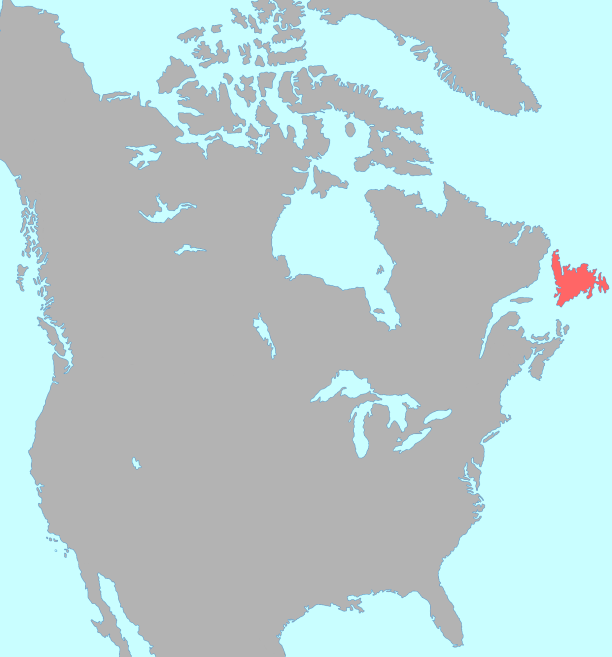|
Beothuks
The Beothuk ( or ; also spelled Beothuck) were a group of indigenous people who lived on the island of Newfoundland. Beginning around AD 1500, the Beothuk culture formed. This appeared to be the most recent cultural manifestation of peoples who first migrated from Labrador to present-day Newfoundland around AD 1. The ancestors of this group had three earlier cultural phases, each lasting approximately 500 years. Description The Beothuk lived throughout the island of Newfoundland, mostly in the Notre Dame and Bonavista Bay areas. Estimates vary as to the number of Beothuk at the time of contact with Europeans. Beothuk researcher Ingeborg Marshall has argued that a valid understanding of Beothuk history and culture is directly impacted by how and by whom historical records were created, pointing to the ethnocentric nature of European accounts as inherently unreliable. Scholars of the 19th and early 20th century estimated about 2,000 individuals at the time of European contact ... [...More Info...] [...Related Items...] OR: [Wikipedia] [Google] [Baidu] |
